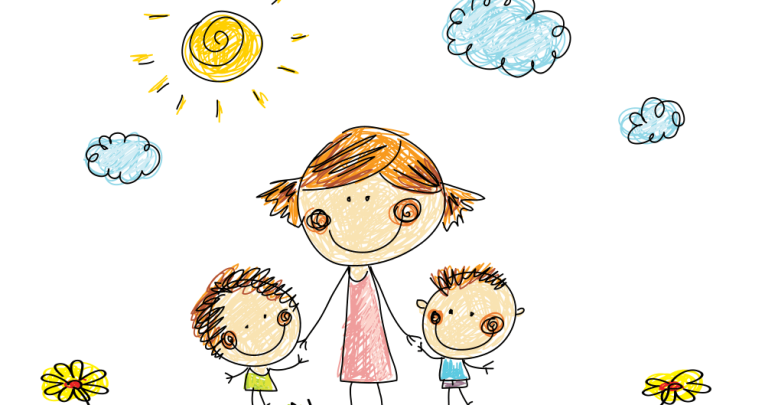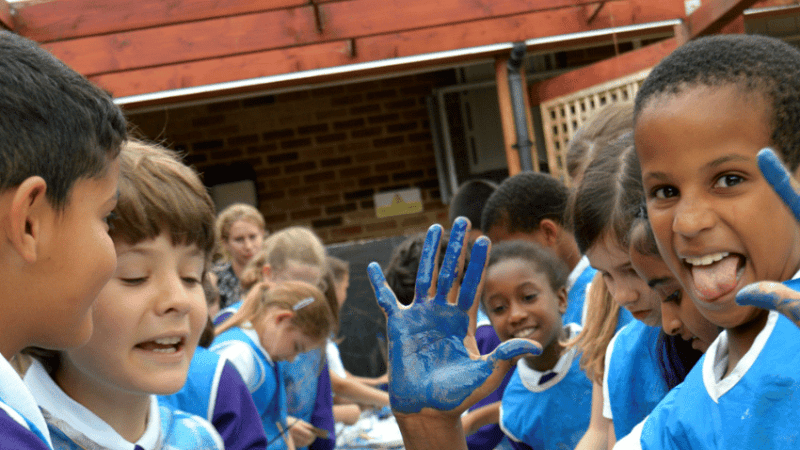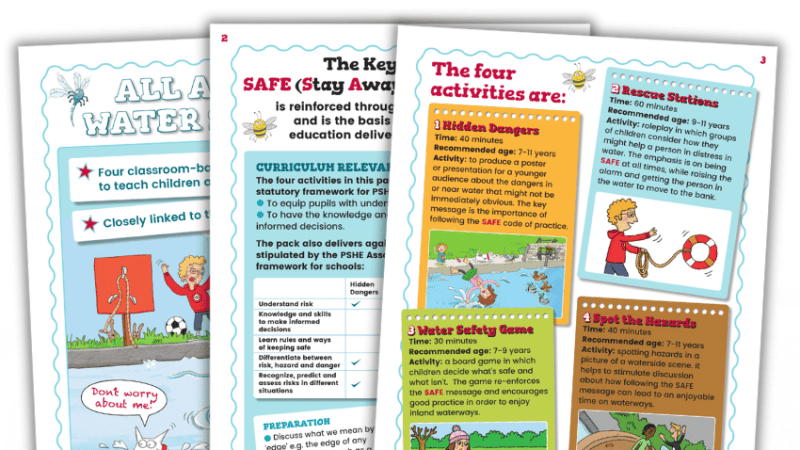How Effective is your School’s Sun Policy?

If you’re planning outdoor activities with your class this summer, make sure you’re aware of the risks and protect the children – and yourself, says Josh Smith…

- by Josh Smith

With the summer months now upon us and the inevitable heatwave to follow (well, it happened last year, didn’t it?), all teachers are surely looking to utilise the outside to promote their learning within school.
Obviously, sun protection is an important aspect of safeguarding, but how do you ensure everyone is 100% sun safe?
Working for mSPORTi and delivering education programmes and multi-sport coaching for boys and girls throughout the South East, this time of the year is a dream for me: PE lessons outside in the sun, bright evenings for our football academy, and best of all, the long school summer holidays.
Earlier in the year I was approached by the charity the Melanoma Fund to discuss getting the club accredited to the outdoor kids sun safety code.
As a leading force in providing children with physical activity, we took a look at the campaign and were surprised by how far behind we were with our sun safety policies. We immediately signed up.
Ticking boxes
We discovered that sun safety goes much further than we thought.
The extent of our old sun policy started, and ended, at the booking stages of our activities with the line: “We recommend that you provide your child with sun cream, particularly during summer courses, as participants may be out in the sun for a few hours each day.”
Now, from an uneducated glance, it seemed like were are ticking the boxes for ensuring sun safety.
However, it was only after we became accredited that we realised we needed to be doing more to protect children (and ourselves) from the sun.
Getting started
In hindsight, we were only taking action on the first of the following five ‘vital’ steps as recommended by the campaign:
- Prepare: Ensure that everyone arrives ready for a day in the sun.
- Shade: Avoid direct sunlight during lunch or while spectating others.
- Lead by example: Inspire children with your own actions.
- Protect: Use clothing, hats/sunglasses and sunscreen (SPF30+) reapplied at breaks.
- Hyrdrate: Ensure water is always available.
From personal experiences, it can be very easy to pass the buck regarding sun safety responsibility, whether that be leaving it to the children themselves, parents or even other teachers within schools.
But with skin cancer now at epidemic levels, each individual must ensure they are doing their best for the children in their care, just like they would for their own children.
Building habits
The introduction of our new sun policy came into play earlier this year. Before it became habitual, we had to think about reminding children to protect themselves from the sun during the day.
However, as time has gone on, it has become easier and some children are now doing it without being asked.
Having fun
I decided to play a few challenge games with some of the children at school which involves some healthy competition. Games such as who is protecting themselves the most at random intervals during the day, or who has drank the most water by lunch time or home time.
This kind of competition has been highly effective – the children thrive on it. And what made it even more effective was me joining in as well – it really did create impact.
Leading the way
In our sector, it’s paramount that we lead by example. This was one of the most difficult challenges that we faced. As I got older I found myself worrying less and less about sunburn.
I fell back on the classic saying: “It’ll go brown in a few days.” How many of us can honestly say that we’ve thought, or even said this before? I believe it’s called sun protection denial.
I now know how naïve I was. Having read the guidelines I have discovered that just a couple of sunburns can increase your chance of melanoma, the deadliest form of skin cancer, by 50%. We need to educate our staff and parents on the facts, as well as children.
I urge all those who work outdoors with children to review their sun policy. Review the outdoor kids sun safety code and ensure you know the facts.
Visit oksunsafetycode.com for more info.
Josh Smith is a PE and multi-sports coach for mSPORTi. He is currently attending Canterbury Christ Church University to become a primary school teacher.











